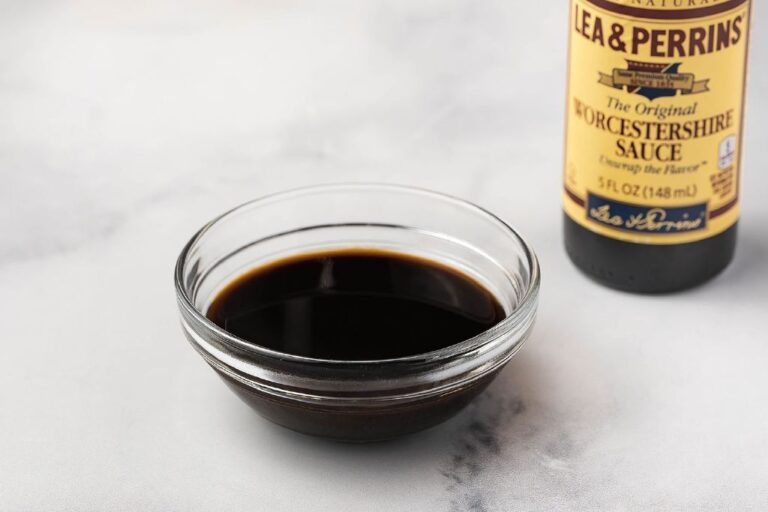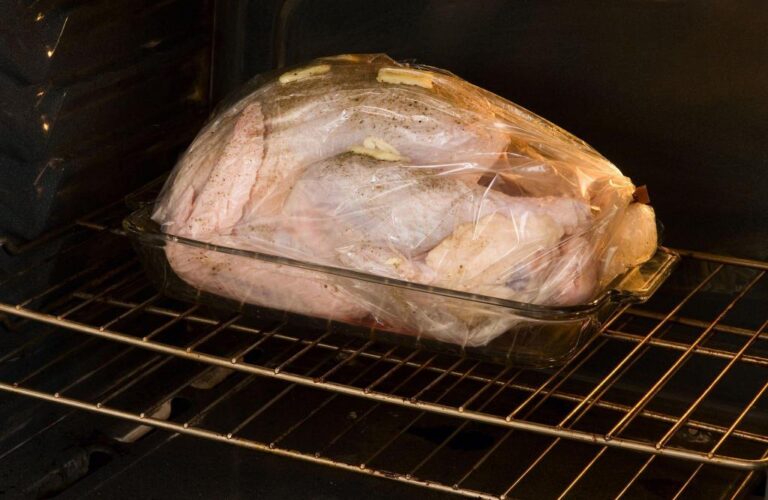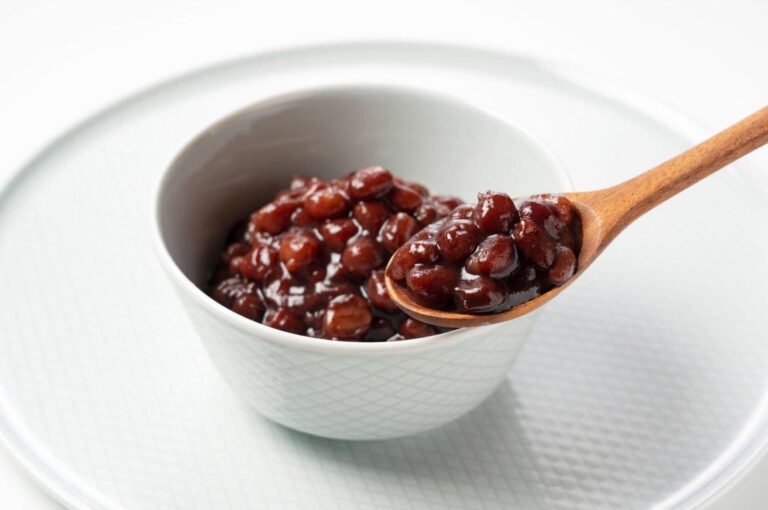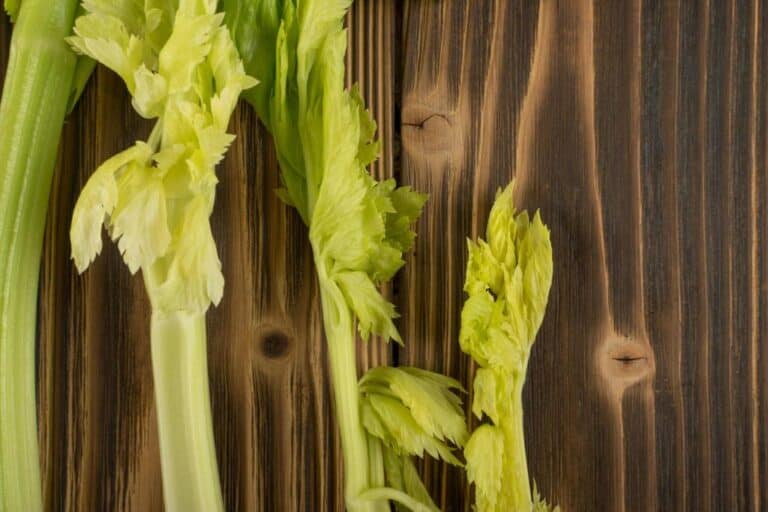Do You Wash Brussels Sprouts Before or After Cutting?
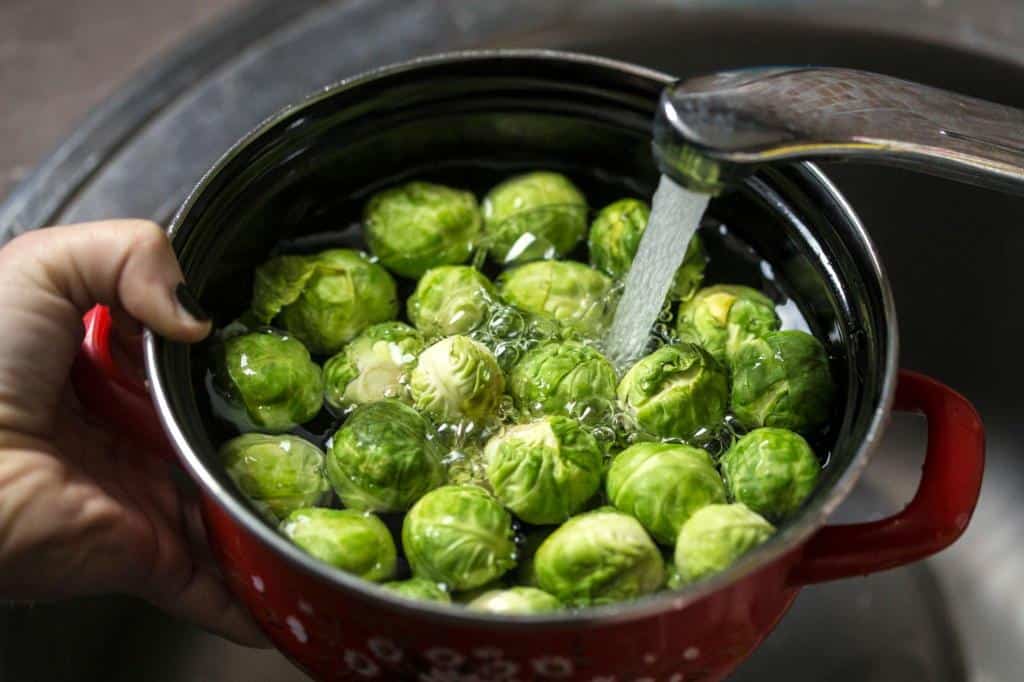
Are you a fan of Brussels sprouts? These mini cabbages have become quite popular in recent years thanks to their unique flavor and numerous health benefits. But here’s a question that may have crossed your mind: Do you wash Brussels sprouts before or after cutting them?
It’s a simple yet intriguing dilemma that many home cooks face when preparing this delightful vegetable. Fear not, as we’re here to shed some light on this kitchen conundrum.
In this article, we will delve into the best practices for cleaning Brussels sprouts, exploring whether it’s more effective to wash them before or after you make those precise cuts.
So, if you’re ready to unlock the secrets to perfectly prepped Brussels sprouts, join us as we dive into the world of culinary cleanliness and discover the ideal approach to washing these green gems.
The Importance of Washing Brussels Sprouts
Washing Brussels sprouts serves multiple purposes beyond just cleanliness. It helps eliminate dirt, debris, and potential pesticide residues that may have accumulated during cultivation, transportation, or storage.
Additionally, it reduces the risk of bacterial contamination, which can lead to foodborne illnesses. By taking the simple step of washing Brussels sprouts, you protect yourself and your loved ones from potential health hazards.
Table: Reasons for Washing Brussels Sprouts
| Reasons | Details |
| Removal of dirt and debris | Washing Brussels sprouts under cold running water helps eliminate any dirt, soil, or debris that may be present on the surface of the sprouts. |
| Elimination of potential pesticides | Pesticide residues can be found in conventionally grown Brussels sprouts. Washing them helps remove or reduce these residues, promoting a safer eating experience. |
| Reduction of bacterial contamination | Washing Brussels sprouts reduces the risk of harmful bacteria, such as E. coli or Salmonella, that might be present on the surface. |
Washing Brussels Sprouts Before Cutting

Washing Brussels sprouts before cutting is a widely recommended practice. This method allows you to remove any dirt or debris from the outer leaves, making the sprouts cleaner and safer to eat. Here’s a step-by-step guide to washing Brussels sprouts before cutting:
- Rinse the Brussels sprouts: Place the Brussels sprouts in a colander and rinse them under cold running water. This initial rinse helps remove any loose dirt or debris clinging to the outer leaves.
- Inspect for damaged or wilted leaves: While rinsing, inspect the sprouts for any damaged or wilted leaves. Remove these leaves, as they may affect the taste and quality of the dish.
- Soak in saltwater solution: Fill a large bowl with cold water and add a tablespoon of salt. Stir the water until the salt dissolves. Place the Brussels sprouts in the bowl and let them soak for about 10 minutes. Soaking Brussels sprouts with saltwater solution helps dislodge any hidden dirt or insects.
- Rinse again: After soaking, remove the Brussels sprouts from the saltwater solution and give them another rinse under cold running water. This final rinse ensures that all the salt and remaining dirt are removed.
- Pat dry: Gently pat the Brussels sprouts dry with a clean kitchen towel or paper towels. Drying them thoroughly will prevent water from diluting the flavors when cooking.
Once you’ve completed these steps, your Brussels sprouts are ready to be prepared according to your recipe. Whether you’re roasting, sautéing, or boiling them, you can proceed with confidence, knowing that you’ve cleaned your Brussels sprouts thoroughly.
Washing Brussels Sprouts After Cutting
While washing Brussels sprouts before cutting is the preferred method, there are situations where washing them after cutting might be more convenient. For instance, if you’re planning to halve or quarter the sprouts for a specific recipe, you may find it easier to clean them after cutting. Here’s a simple guide to washing Brussels sprouts after cutting:
- Cut the Brussels sprouts: Using a sharp knife, cut off the tough stem end of each Brussels sprout and remove any damaged or discolored outer leaves. Halve or quarter the sprouts according to your recipe.
- Rinse the cut sprouts: Place the cut Brussels sprouts in a colander and rinse them thoroughly under cold running water. Swirl them around gently to ensure all the pieces are clean.
- Inspect for remaining dirt: While rinsing, examine the sprouts closely for any remaining dirt or debris. If you notice any, use your fingers or a small brush to remove it.
- Pat dry: After rinsing, pat the Brussels sprouts dry with a clean kitchen towel or paper towels. This step is important to remove excess moisture that may affect the texture and taste of the dish.
By following these steps, you can effectively clean your Brussels sprouts after cutting, ensuring that they are safe and ready for cooking.
Cutting Techniques for Brussels Sprouts
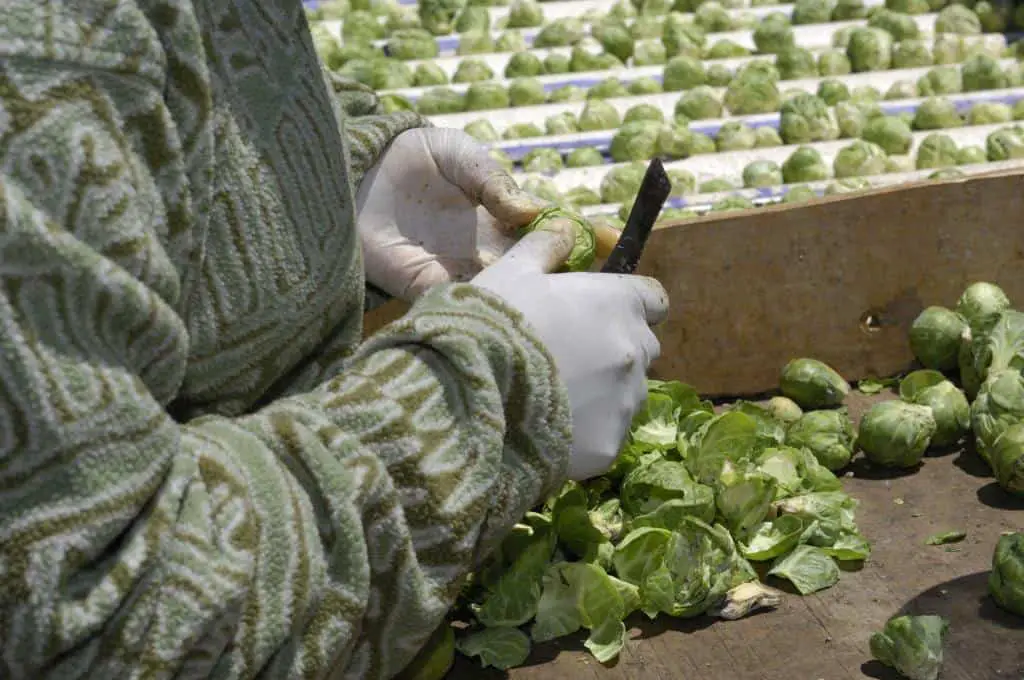
Before we delve into the washing aspect, it’s worth exploring different cutting techniques for Brussels sprouts. The choice of cutting method can impact the need for washing. Here are a few common techniques:
- Halving: Simply cut the Brussels sprouts in half from top to bottom. This technique works well for smaller sprouts and allows for even cooking.
- Quartering: Cut the Brussels sprouts into quarters by first halving them and then cutting each half in half again. This technique is ideal for larger sprouts, ensuring they cook evenly.
- Shredding: Slice the Brussels sprouts thinly, similar to shredding cabbage. This technique is perfect for recipes like salads or stir-fries.
Keep in mind that regardless of the cutting technique, proper washing is crucial for maintaining food safety and cleanliness.
Washing Brussels Sprouts for Different Cooking Methods
The choice of cooking method can influence your washing practices for Brussels sprouts. Here are some insights on washing considerations based on different cooking methods:
- Roasting: When roasting Brussels sprouts, it’s advisable to wash them before cutting. This allows for better removal of dirt, debris, and any pesticide residues. After washing, pat them dry thoroughly to achieve crispy and evenly roasted sprouts.
- Sautéing: Similar to roasting, it’s recommended to wash Brussels sprouts before cutting when sautéing. Washing beforehand ensures proper cleaning and reduces the risk of any contaminants. Dry the sprouts well before adding them to the pan for optimal texture and flavor.
- Steaming: For steaming Brussels sprouts, washing them before or after cutting depends on personal preference. However, washing before cutting ensures thorough cleaning of the entire vegetable, including hard-to-reach areas.
Remember, regardless of the cooking method, washing Brussels sprouts is a vital step in maintaining food safety and hygiene.
Washing Brussels Sprouts: Common Mistakes to Avoid
While washing Brussels sprouts is a simple task, there are a few common mistakes that people make. By being aware of these pitfalls, you can ensure that your Brussels sprouts are properly cleaned. Here are some mistakes to avoid:
- Insufficient rinsing: Thoroughly rinse the Brussels sprouts under cold running water, making sure to remove any dirt or debris. Inadequate rinsing may leave behind unwanted particles.
- Neglecting the crevices: Brussels sprouts have layers of leaves that can trap dirt and contaminants. Pay attention to the crevices between the leaves and use a vegetable brush to gently scrub them.
- Using warm water: Always use cold water to wash Brussels sprouts. Warm water can lead to wilting and affect the texture.
- Forgetting to dry: After washing, ensure the Brussels sprouts are completely dry before cooking. Excess moisture can interfere with proper cooking techniques like roasting or sautéing.
By avoiding these common mistakes, you can guarantee that your Brussels sprouts are clean, safe, and ready to be transformed into a delicious dish!
Additional Tips for Cleaning Brussels Sprouts
Here are a few extra tips to enhance your Brussels sprout cleaning process:
- Organic vs. conventionally grown: If possible, opt for organic Brussels sprouts to reduce exposure to pesticides. However, regardless of whether they are organic or conventionally grown, washing is still crucial.
- Removing the outer leaves: If you encounter particularly dirty or damaged outer leaves, it’s advisable to remove them completely before washing or cooking the Brussels sprouts.
- Washing individual leaves: In some recipes, such as salads or slaws, you may want to separate the leaves from the Brussels sprouts. In this case, it’s best to wash the individual leaves before using them.
- Use a vegetable brush: If you prefer, you can use a vegetable brush to scrub the Brussels sprouts gently. This method can be particularly helpful if you notice stubborn dirt or debris on the outer leaves.
Read: Can You Dehydrate Brussels Sprouts and How to Do It?
Conclusion
When it comes to washing Brussels sprouts, the general consensus is to wash them before cutting. This approach ensures that you remove any dirt or debris from the outer leaves, resulting in cleaner and safer sprouts. However, there are situations where washing them after cutting may be more convenient, especially when you plan to halve or quarter them for a specific recipe.
By following the step-by-step guides provided in this article, you can confidently clean your Brussels sprouts, knowing that you’re taking the necessary steps to ensure their safety and quality.
So, whether you’re cooking up a delicious side dish, incorporating them into a salad, or trying out a new recipe, remember to wash your Brussels sprouts thoroughly before or after cutting, depending on your preference and convenience. Happy cooking!
FAQs
Can I eat unwashed Brussels sprouts?
While it’s not advisable, eating unwashed Brussels sprouts can pose potential health risks. They may harbor dirt, bacteria, or pesticide residue, which could be harmful if consumed. It’s crucial to wash them thoroughly before cooking to ensure their safety and remove any contaminants.
Do you need to remove the outer leaves of Brussels sprouts before washing?
It’s recommended to remove any damaged or discolored outer leaves of Brussels sprouts before washing. However, if the outer leaves are in good condition, you can wash them along with the rest of the sprouts. Removing the outer leaves ensures a cleaner and fresher end result.
How long should I soak Brussels sprouts before cooking?
Soaking Brussels sprouts isn’t necessary unless you suspect they have significant dirt or pesticide residue. In such cases, a 10-minute soak in a saltwater solution can help dislodge any hidden contaminants. However, if your sprouts appear clean, a thorough rinse under running water should suffice.
How do you get rid of pesticides on Brussels sprouts?
To reduce pesticide residue on Brussels sprouts, start by rinsing them under cold running water. If you’re concerned about pesticides, consider using a vegetable brush to gently scrub the outer leaves. Opting for organic Brussels sprouts can also minimize exposure to pesticides.
Does washing Brussels sprouts affect their taste?
Washing Brussels sprouts before cooking doesn’t significantly impact their taste. Properly washing them removes any dirt, debris, or unwanted substances that may affect the overall flavor. In fact, washing ensures a cleaner and more enjoyable dining experience.
Can I wash Brussels sprouts with soap or detergent?
It’s not recommended to wash Brussels sprouts with soap or detergent. These cleaning agents can leave residue on the sprouts, affecting their taste and potentially causing digestive discomfort. Stick to rinsing them thoroughly with cold water to maintain their natural flavors.
Should I wash frozen Brussels sprouts?
Yes, it’s important to wash frozen Brussels sprouts. Even though they are typically pre-washed during processing, giving them a quick rinse under cold running water removes any ice crystals or potential contaminants that may have accumulated during freezing.
Can I use a vinegar solution to wash Brussels sprouts?
While a vinegar solution can be used to clean many fruits and vegetables, it’s generally not necessary for Brussels sprouts. Rinsing them under cold, running water is sufficient to remove any dirt or residue. However, if you prefer, you can add a splash of vinegar to the water for an extra level of cleanliness.

